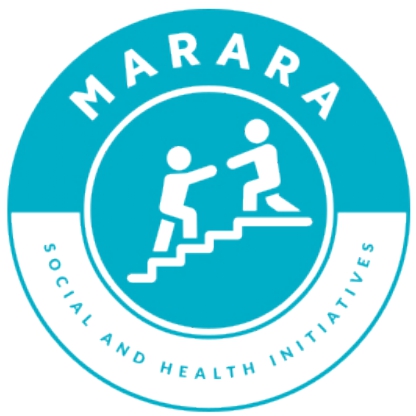Non-formal education centre (Dreams project)

Join Us We Need Your Help
What Non-formal education centre (Dreams project)
Why
The global Agenda 2030 for sustainable development embodies the aspirations for a world that is more equal, prosperous and peaceful. Sustainable development Goal (SDG) number eight provides for full and productive employment and decent work for all. This agenda needs interventions that bridge the conceptual clarity and the practical complexity for achieving them.
The third National Development Plan (NDP III) document laments about the crippled innovation research and entrepreneurial capacity in the country and the urgent need to devise mechanisms to reverse it. Vision 2040 aspires to change the country from a predominantly low income to a competitive upper middle income country in 30 years. It identifies human capital development as one of the fundamentals that need to be strengthened to accelerate the country’s transformation and harnessing the demographic dividend. Section 5.3 (261&263) of the vision 2040 promises that all government supported tertiary education will be devoted to skills development according to talents and aptitudes identified. It further promises that talent identification will be an on-going exercise throughout the education system so that the system is robust enough to capture and nurture excellence and innovations responsive to market demands.
In the NRM manifesto 2021-2026, the president in his promise to secure the future emphasizes skills development to bridge the perceived career mismatch between the skills acquired in formal education and jobs available. There is a policy promise to attract learners into Business, Technical and Vocational education training (BTVET) and to re-skill artisans already in the job market.
With the escalating cost of education, the poor performance of the economy, high unemployment and the structural adjustment program of the World Bank to increase the local tax base (which led to increased taxes). As a result, there has been an unbearable financial burden resulting from these circumstances which have resulted in parents’ inability to meet the cost of educating their children which has devastated the communities at large. The high dropout, low completion and failure to start all together has characterised the formal education system. The complexity and multiplicity of the economic problem has left many in confusion and despair.
This program envisions more peaceful communities with adequate human resource and residents who have a high positive mental attitude, high self-esteem, are gainfully employed and positively contributing to the economy in form of taxes (socio-economic transformation).
Who
Children from ages 9 who have no numeracy and literacy skills
Youth and adult learners who wish to be skilled
How (With stakeholders in context)
- Talent identification
The first objective of human capital development is to improve foundations for human capital development. One of the key foundations for human capital development that needs to be introduced among others is the identification of natural in-born talents using Neurometria tests and skilling the ‘person’ in line with their natural born abilities. This is the better pathway because the right people are skilled visa vie skilling the available people who may not be interested per se or may not find the skill suitable to their taste and abandon it later (like Ashraf Ssemwogerere – a dentist turned actor, Dr, Hilderman – a medical doctor turned artist, King Wisley the king of radio – IT guy turned journalist, Kansiime and Navio to mention but a few.
- Skills training
- Apprenticeship
- Role performing
- Role modelling
- Participation in rites of passage
Where
Community centres
When
Here and now
